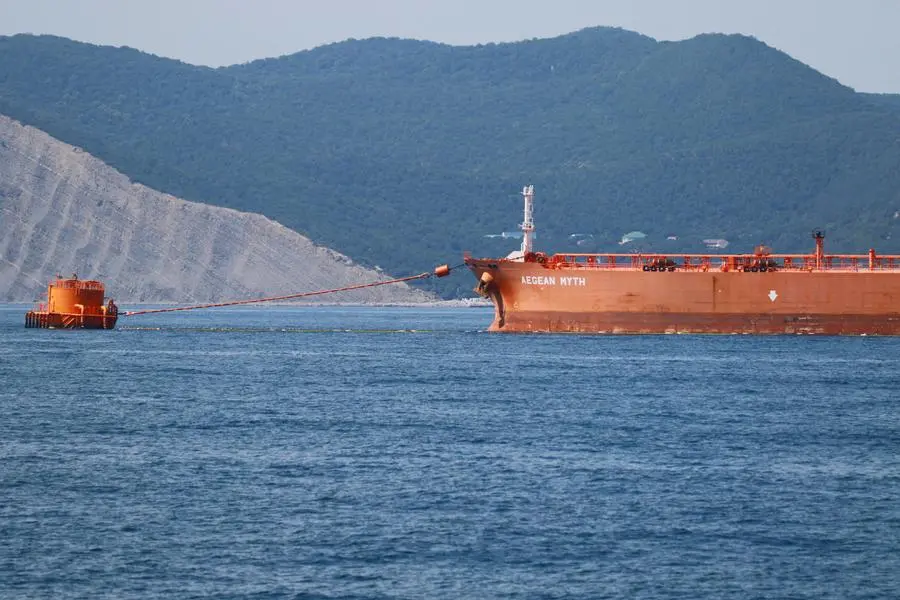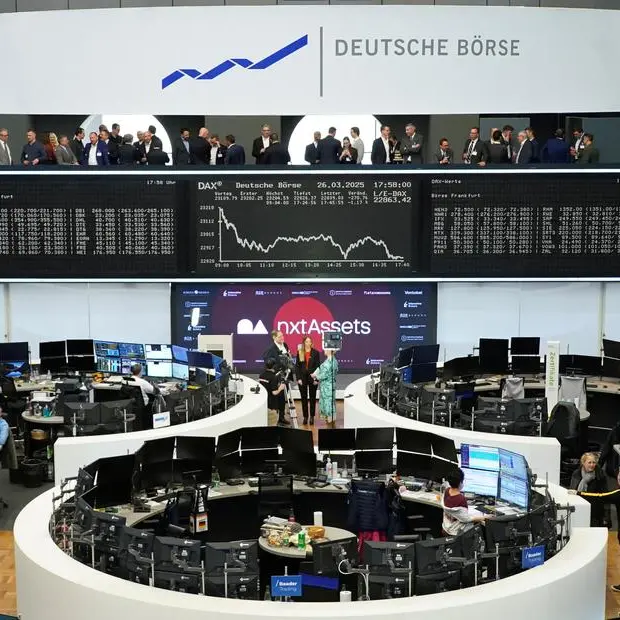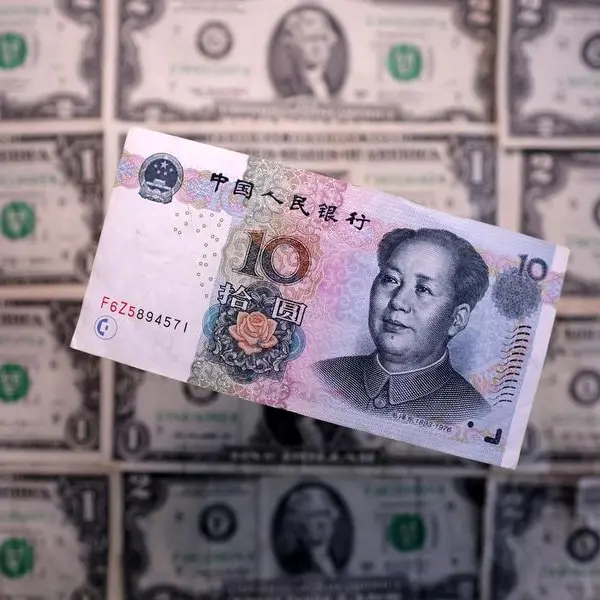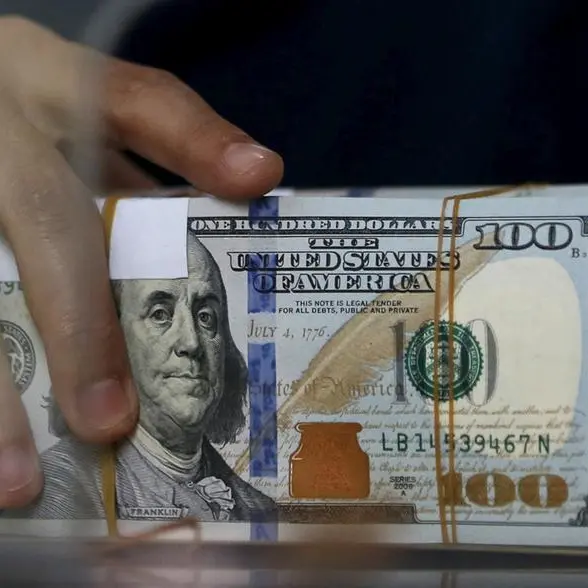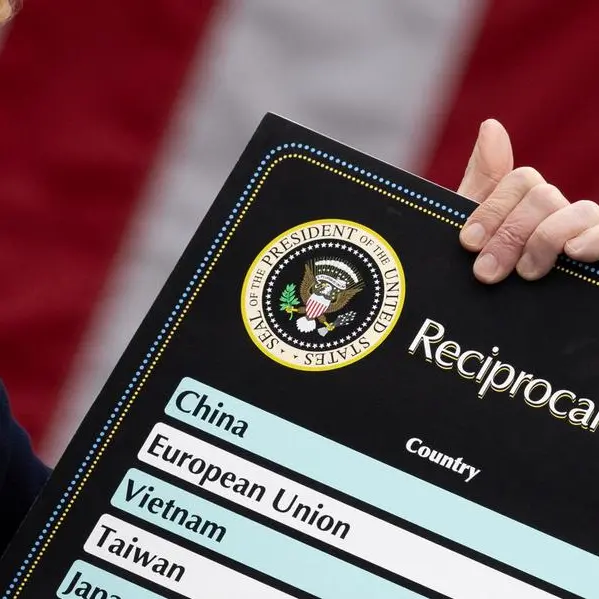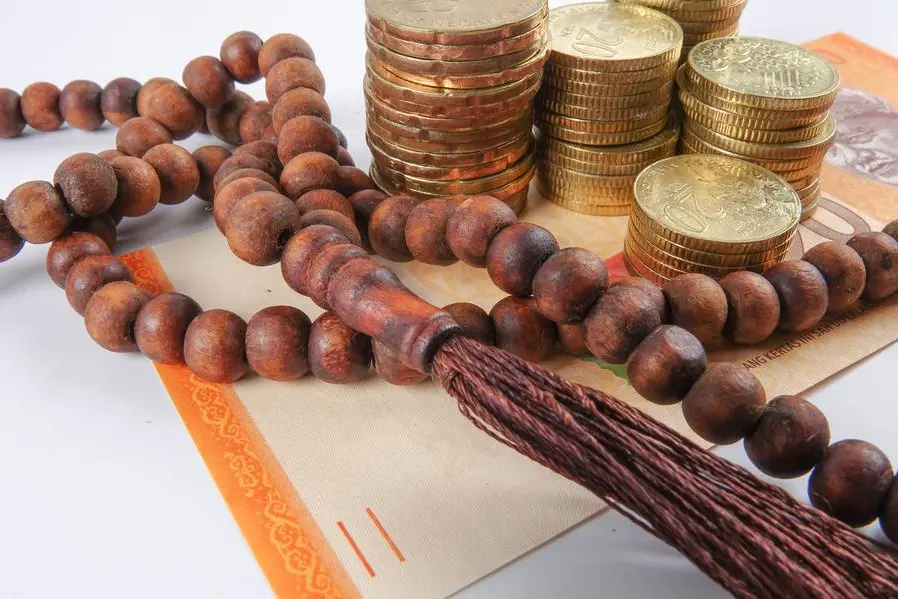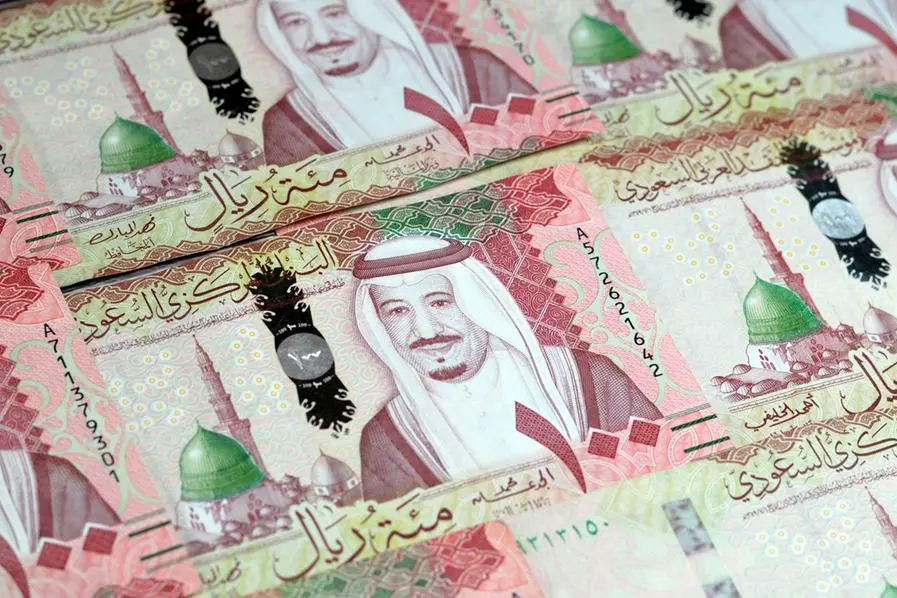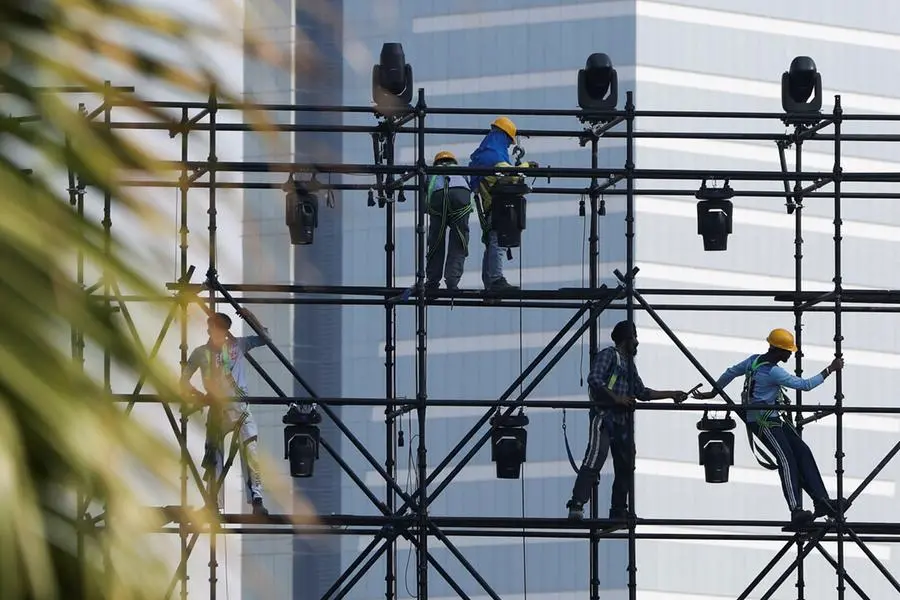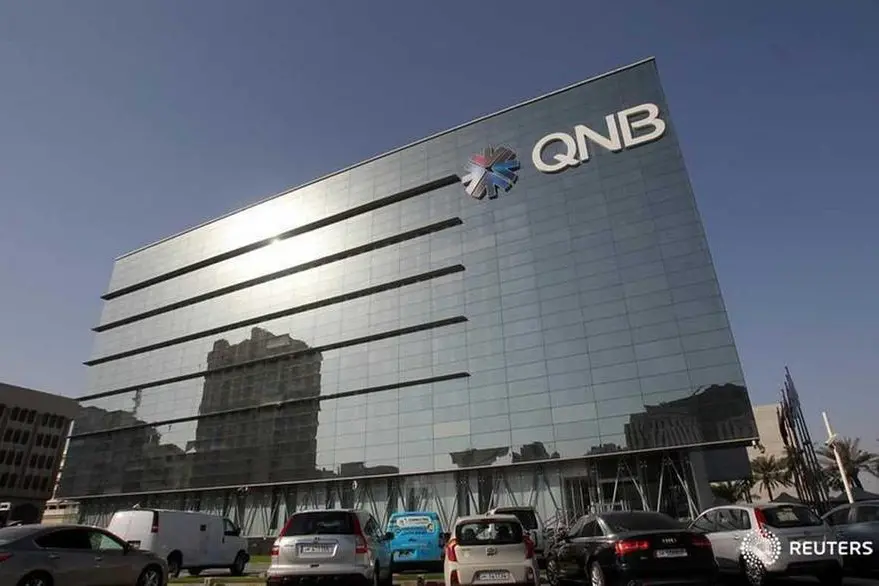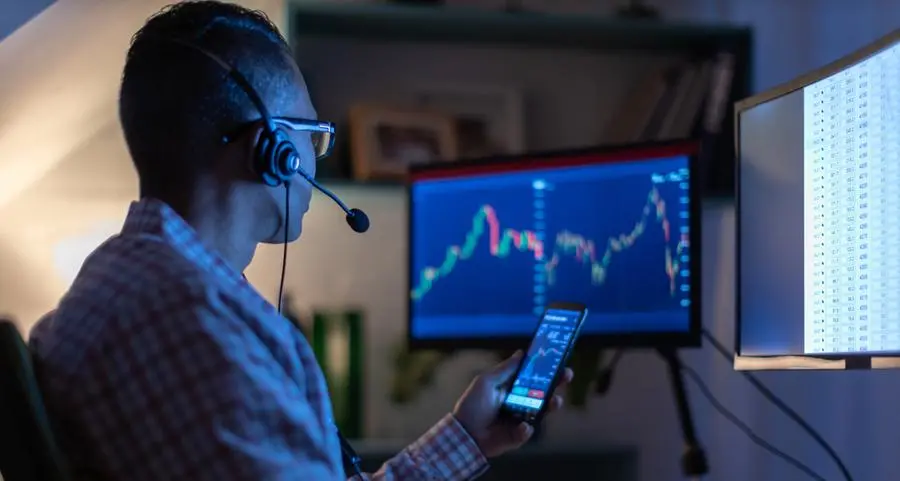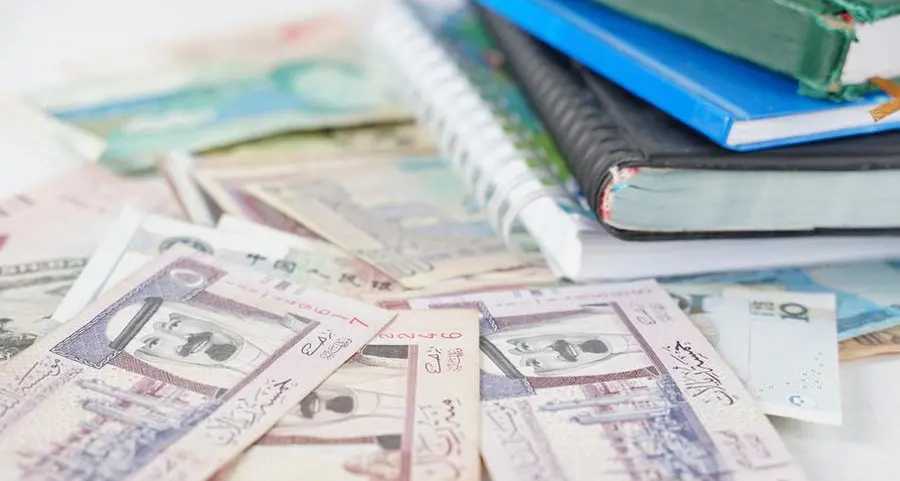PHOTO
FILE PHOTO: The crude oil tanker Aegean Myth is moored to a single point mooring (SPM) at the Caspian Pipeline Consortium's Marine Terminal in Yuzhnaya Ozereevka near the Black Sea port of Novorossiysk, Russia, July 31, 2021. Caspian Pipeline Consortium (CPC)/Handout via REUTERS.
(The views expressed here are those of the author, a columnist for Reuters.)
LAUNCESTON, Australia - Crude oil prices are tumbling in the wake of U.S. President Donald Trump's upending of global trade.
But the shock of Trump's tariffs also mask some underlying weakness in the demand that was already in place, namely soft imports in the first quarter in Asia, the world's biggest crude purchasing region.
Asia imported 26.44 million barrels per day (bpd) of crude in the first quarter, down 640,000 bpd from the 27.08 million bpd for the same period in 2024, according to data compiled by LSEG Oil Research.
The decline in imports contrasts with forecasts made by groups such as the Organization of the Petroleum Exporting Countries (OPEC) and the International Energy Agency that Asia will lead global oil demand growth in 2025.
If there is a slight silver lining in Asia's weak first quarter imports, it's that they did show signs of recovery in March.
The region imported 27.39 million bpd in March, up from 25.44 million bpd in February and roughly in line with the 27.33 million bpd from March last year, according to LSEG.
The March recovery was led by China, the world's biggest crude importer, which saw seaborne arrivals of 10.14 million bpd, the highest in three months.
Adding pipeline imports takes China's total crude arrivals in March to 11.04 million bpd, above the 10.42 million bpd for the first two months of the year, but still below the 11.6 million bpd recorded for March 2024.
It's worth asking why China, and indeed the rest of Asia, imported more crude in March than in the first two months of 2025.
There are several factors, such as refiners re-stocking inventories after planned maintenance and ahead of the seasonal rise in demand as the Northern Hemisphere winter ends.
PRICE IS KEY
But the most important factor was likely price, with most of March-arriving cargoes being arranged at a time when global crude prices were trending lower.
Global benchmark Brent futures hit a six-month high of $82.63 a barrel on January 15, before starting a slide to a low of $68.33 by March 5.
This trend of lower prices would have encouraged refiners to lift purchases, especially since it would appear Chinese refiners had been drawing some stockpiles in the first two months of the year.
China's refiners processed about 30,000 barrels per day (bpd) more in the January-February period than the total of crude available, according to calculations based on official data.
China does not disclose the volumes of crude flowing into or out of strategic and commercial stockpiles, but an estimate can be made by deducting the amount of oil processed from the total of crude available from imports and domestic output.
But the dynamic of drawing on inventories likely reversed in March as cheaper crude encouraged more buying.
The question for oil markets is whether the stronger imports in Asia seen in March are likely to persist, especially given that crude prices rallied from their early March low to until April 2, the day Trump launched his global tariff war.
Brent hit $75.47 a barrel on April 2, but even if Asian buyers had been easing back on purchases, this will only show up in imports in May and June.
Will the rout in oil price since last week result in higher imports by Asia from June onwards?
Brent traded down to $63.01 a barrel in early trade in Asia on Monday, the lowest in just over four years and it has lost 16.5% since the high before Trump's announcement of blanket tariffs on virtually every country, although not Russia.
The decision by the OPEC+ group of exporters to increase output by a higher-than-expected 411,000 bpd in May also contributed to the sharp drop in oil prices.
But the main problem is viewed as the likely hit to global economic growth, and therefore fuel consumption, from the tariffs.
This means that even sharply lower prices may not be enough to stimulate higher Asian demand for crude in coming months.
The views expressed here are those of the author, a columnist for Reuters.
(Editing by Christian Schmollinger)
Reuters
